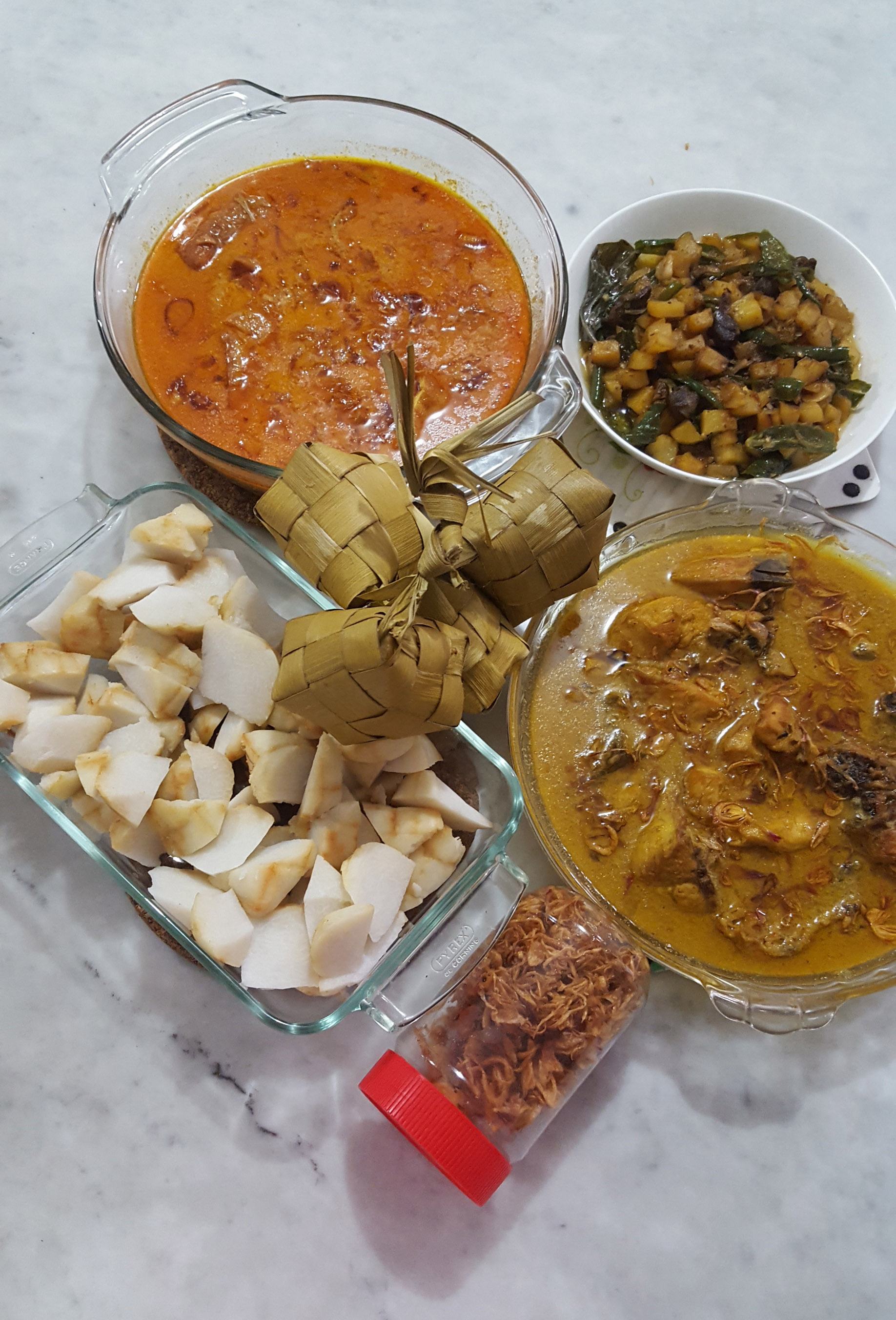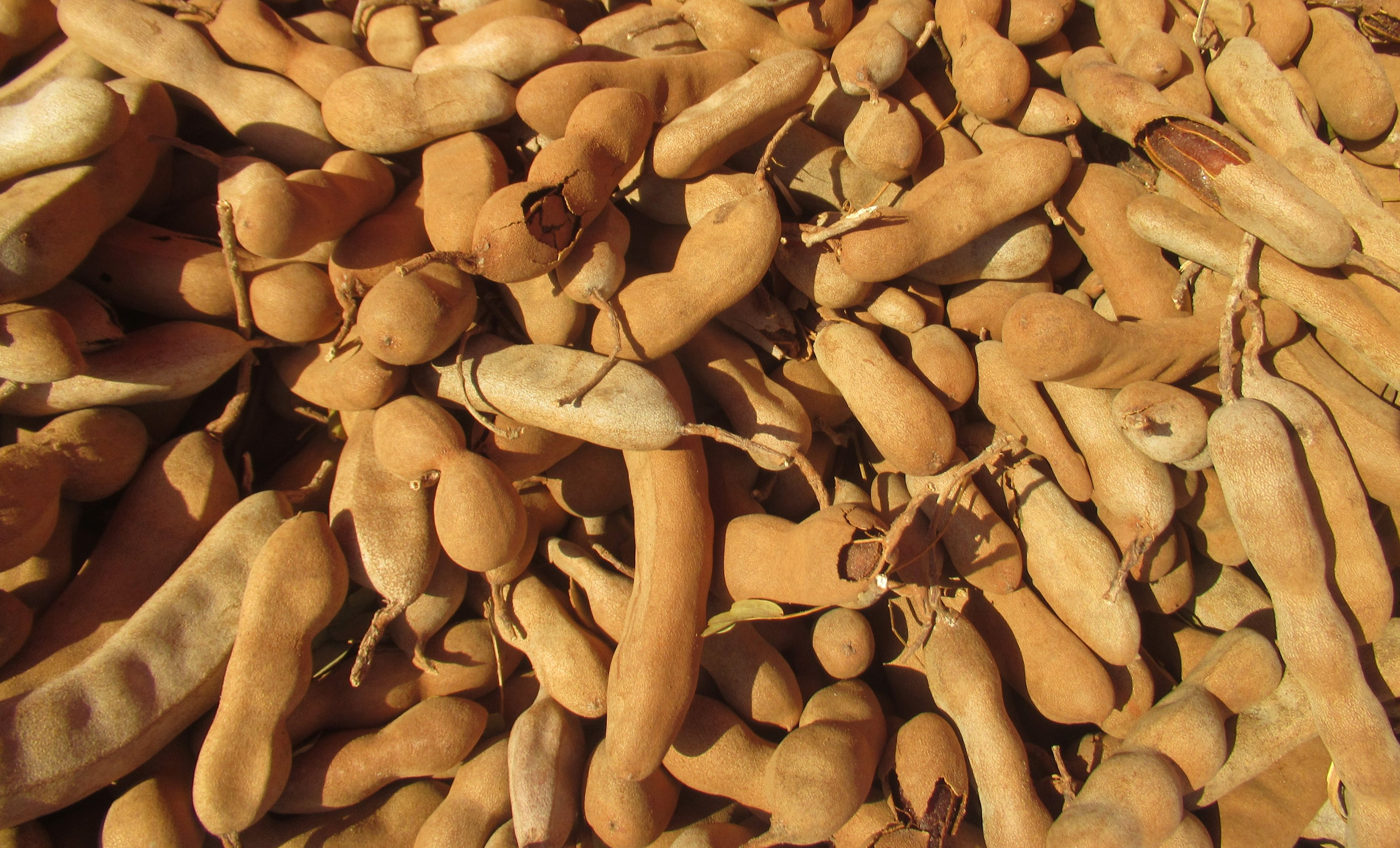|
Konro
Konro is an Indonesian rib soup originating with the Makassarese people of South Sulawesi. Usually this soup was made with ribs, such as spareribs or beef as main ingredient. The soup is brown-black in color and eaten either with burasa or ketupat cut into bite-size pieces or rice. The spicy and strong-tasting soup is made from a mixture of rich spices, which includes coriander, ''keluwak'' ('' Pangium edule''); a fruit that gives it its blackish color, also small amount of nutmeg, turmeric, galangal, cinnamon, tamarind, lemongrass, clove, and ''salam'' (Indonesian bayleaf). Variants Originally konro was usually served as a spicy rich soup, however today the new variation of dry konro is available, the ''konro bakar'' (grilled konro), grilled ribs marinated and coated in spices typical to the konro soup. See also * List of Indonesian soups This is a list of Indonesian soups. Indonesian cuisine is diverse, in part because Indonesia is composed of approximately 6,000 populat ... [...More Info...] [...Related Items...] OR: [Wikipedia] [Google] [Baidu] |
List Of Indonesian Soups
This is a list of Indonesian soups. Indonesian cuisine is diverse, in part because Indonesia is composed of approximately 6,000 populated islands of the total 18,000 in the world's largest archipelago,"Indonesian Cuisine." . Accessed July 2011. [...More Info...] [...Related Items...] OR: [Wikipedia] [Google] [Baidu] |
Sop Saudara
Sop saudara is an Indonesian beef soup or buffalo soup specialty of Makassar city, South Sulawesi. The soup is commonly served with steamed rice and '' ikan bolu bakar'' (grilled milkfish). Ingredients Sop saudara is a richly spiced soup contains bits of beef or buffalo meat and its offals (usually fried cow's lungs), rice vermicelli, ''perkedel'' (fried potato patty) and hard boiled egg. The soup is made of rich beef stock, spiced with a mixture of spices. The spices include garlic, shallot, candlenut, coriander, caraway, ginger, galangal, lime leaf, lemongrass, nutmeg, and cinnamon. Garnishings include chopped scallion and ''bawang goreng'' (crispy fried shallot). Origin Sop Saudara was created by Haji Dollahi who formerly worked for Haji Subair, a famous Coto Makassar traditional meat soup seller in Makassar circa the 1950s. Both men hailed from a town in Pangkajene Islands Regency (Pangkajene Kepulauan or Pangkep) and made their business in selling traditional meat soup. ... [...More Info...] [...Related Items...] OR: [Wikipedia] [Google] [Baidu] |
Makassar
Makassar ( ), formerly Ujung Pandang ( ), is the capital of the Indonesian Provinces of Indonesia, province of South Sulawesi. It is the largest city in the region of Eastern Indonesia and the country's fifth-largest urban center after Jakarta, Surabaya, Medan, and Bandung.Ministry of Internal AffairsRegistration Book for Area Code and Data of 2013 The city is located on the southwest coast of the island of Sulawesi, facing the Makassar Strait. Throughout its history, Makassar has been an important trading port, hosting the center of the Gowa Sultanate and a Portuguese naval base before its conquest by the Dutch East India Company in the 17th century. It remained an important port in the Dutch East Indies, serving Eastern Indonesian regions with Makassarese fishers going as far south as the Australian coast. For a brief period after Independence of Indonesia, Indonesian independence, Makassar became the capital of the State of East Indonesia, during which an Makassar Uprising, u ... [...More Info...] [...Related Items...] OR: [Wikipedia] [Google] [Baidu] |
Coto Makassar
Coto Makassar or Coto Mangkasara ( Makassarese), is an Indonesian traditional soup originating from Makassar, South Sulawesi. It is a variant of '' soto,'' traditionally made with beef, offal stew with seasoned broth made from ground peanuts and spices. The main ingredient of this soup is beef, and it can be mixed with innards, such as intestine, liver, lungs, heart, tripe, or cow brain. Coto Makassar is usually served with Burasa or Ketupat rice cakes. See also *''Soto ayam'' *'' Sop saudara'', spicy Bugis-Makassar beef soup. *'' Konro'', Bugis-Makassar spicy cow's ribs soup, similar or related to ribs ''soto'' *''Tongseng'', Javanese spicy mutton soup also related to ''soto'' *''Gulai'', the Javanese ''gulai'' is soupy, similar to mutton or goat ''soto'' but slightly different in spices * List of Indonesian soups * List of soups This is a list of notable soups. Soups have been made since ancient times. Some soups are served with large chunks of meat or vegetables left ... [...More Info...] [...Related Items...] OR: [Wikipedia] [Google] [Baidu] |
Indonesian Cuisine
Indonesian cuisine is a collection of various regional culinary traditions by various ethnic groups that formed in the archipelagic nation of Indonesia. There are a wide variety of recipes and cuisines in part because Indonesia is composed of approximately 6,000 populated List of islands of Indonesia, islands of the total 17,508 in the world's largest archipelago,"Indonesian Cuisine." . Accessed July 2011. Tradition and characteristics Indonesia has around 5,350 traditional recipes, with 30 of them ...[...More Info...] [...Related Items...] OR: [Wikipedia] [Google] [Baidu] |
Sop Konro
A sop is a piece of bread or toast that is drenched in liquid and then eaten. In medieval cuisine, sops were very common; they were served with broth, soup, or wine and then picked apart into smaller pieces to soak in the liquid. At elaborate feasts, bread was often pre-cut into finger-sized pieces rather than broken off by the diners themselves. The bread or croutons traditionally served with French onion soup, which took its current form in the 18th century, can be considered modern-day sops. Etymology The word ''soup'' is a cognate of ''sop'', both stemming ultimately from the same Germanic source. The word is mentioned in the Bible: In 19th century Australia, ''sop'' referred to a dish consisting of stale damper, soaked in cold tea and served with a dollop of jam on top for taste. This was mainly used in prisons and poor-houses, as well as institutions such as asylums. In Portuguese, the word ''sopa'', among other meanings, can generally refer to soup or, particularly ... [...More Info...] [...Related Items...] OR: [Wikipedia] [Google] [Baidu] |
Galangal
Galangal () is a rhizome of plants in the ginger family Zingiberaceae, with culinary and medicinal uses originating in Indonesia. It is one of four species in the genus ''Alpinia'', and is known for its pungent, aromatic flavor. Greater galangal (''Alpinia galanga'') is most commonly used, and is similar to ginger and turmeric. It is native to South Asia and Southeast Asia. Lesser galangal (''Alpinia officinarum'') and other types are also used, though less frequently. In traditional medicine, galangal is used to treat various ailments. It is a common ingredient in Thai, Indonesian, and Malaysian cuisine, and is also used in some traditional Chinese medicine. Differentiation The word ''galangal'', or its variant ''galanga'' or archaically ''galingale'', can refer in common usage to the aromatic rhizome of any of four plant species in the Zingiberaceae (ginger) family, namely: * ''Alpinia galanga'', also called ''greater galangal'', ''lengkuas'', ''Siamese ginger'' or ''laos' ... [...More Info...] [...Related Items...] OR: [Wikipedia] [Google] [Baidu] |
Clove
Cloves are the aromatic flower buds of a tree in the family Myrtaceae, ''Syzygium aromaticum'' (). They are native to the Maluku Islands, or Moluccas, in Indonesia, and are commonly used as a spice, flavoring, or Aroma compound, fragrance in final good, consumer products, such as toothpaste, soaps, or cosmetics. Cloves are available throughout the year owing to different harvest seasons across various countries. Etymology The word ''clove'', first used in English in the 15th century, derives via Middle English , Anglo-French ''clowes de gilofre'' and Old French , from the Latin word ' "nail". The related English word ''gillyflower'', originally meaning "clove", derives via said Old French and Latin ', from the Greek "clove", literally "nut leaf". Description The clove tree is an evergreen that grows up to tall, with large leaves and crimson flowers grouped in terminal clusters. The flower buds initially have a pale hue, gradually turn green, then transition to a bright red ... [...More Info...] [...Related Items...] OR: [Wikipedia] [Google] [Baidu] |
Lemongrass
''Cymbopogon'', also known as lemongrass, barbed wire grass, silky heads, oily heads, Cochin grass, Malabar grass, citronella grass or fever grass, is a genus of Asian, African, Australian, and tropical island plants in the grass family. Some species (particularly ''Cymbopogon citratus'') are commonly cultivated as culinary and medicinal herbs because of their scent, resembling that of lemons (''Citrus limon''). The name ''Cymbopogon'' derives from the Greek words (, 'boat') and (, 'beard') "which mean hatin most species, the hairy spikelets project from boat-shaped spathes." Lemongrass and its oil are believed to possess therapeutic properties. Uses Citronella grass ('' Cymbopogon nardus'' and ''Cymbopogon winterianus'') grow to about and have magenta-colored base stems. These species are used for the production of citronella oil, which is used in soaps, as an insect repellent (especially mosquitoes and houseflies) in insect sprays and candles, and aromatherapy. The princ ... [...More Info...] [...Related Items...] OR: [Wikipedia] [Google] [Baidu] |
Tamarind
Tamarind (''Tamarindus indica'') is a Legume, leguminous tree bearing edible fruit that is indigenous to tropical Africa and naturalized in Asia. The genus ''Tamarindus'' is monotypic taxon, monotypic, meaning that it contains only this species. It belongs to the family Fabaceae. The tamarind tree produces brown, pod-like fruits that contain a sweet, tangy pulp, which is used in cuisines around the world. The pulp is also used in traditional medicine and as a metal polish. The tree's wood can be used for woodworking and #Seed oil and kernel powder, tamarind seed oil can be extracted from the seeds. Tamarind's tender young leaves are used in Indian cuisine, Indian and Filipino cuisine. Because tamarind has multiple uses, it is cultivated around the world in Tropical zone, tropical and Subtropics, subtropical zones. Description The tamarind is a long-living, medium-growth tree, which attains a maximum crown (botany), crown height of . The crown has an irregular, vase-shape ... [...More Info...] [...Related Items...] OR: [Wikipedia] [Google] [Baidu] |
Cinnamon
Cinnamon is a spice obtained from the inner bark of several tree species from the genus ''Cinnamomum''. Cinnamon is used mainly as an aromatic condiment and flavouring additive in a wide variety of cuisines, sweet and savoury dishes, biscuits, breakfast cereals, Snack, snack foods, bagels, teas, hot chocolate and traditional foods. The aroma and flavour of cinnamon derive from its essential oil and principal component, cinnamaldehyde, as well as numerous other constituents, including eugenol. Cinnamon is the name for several species of trees and the commercial spice products that some of them produce. All are members of the genus ''Cinnamomum'' in the family Lauraceae. Only a few ''Cinnamomum'' species are grown commercially for spice. ''Cinnamomum verum'' (alternatively ''C. zeylanicum''), known as "Ceylon cinnamon" after its origins in Sri Lanka (formerly Ceylon), is considered to be "true cinnamon", but most cinnamon in international commerce is derived from four other speci ... [...More Info...] [...Related Items...] OR: [Wikipedia] [Google] [Baidu] |






